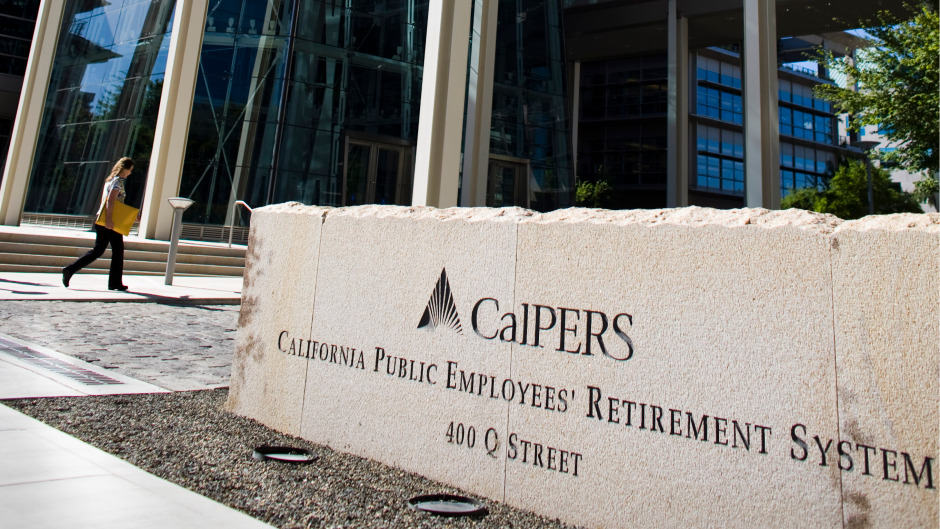
The California Public Employees’ Retirement System’s new plan to leverage a portion of its assets to invest in private equity and debt has its critics waving red flags.
Reeling from the COVID-19-related economic slowdown, CalPERS needs to boost its slumping earnings. Its latest strategy, however, is so risky that some analysts hear echoes from the last recession.
“It reminds me of what CalPERS did back in 2008,” said Margaret Brown, the only CalPERS board member to vote against the proposal. “I see a possible repeat of what happened after the markets crashed in 2008 when we lost a lot and never recovered.” CalPERS officials dismissed her concerns, according to the Financial Times, but taxpayers ought to be concerned.
CalPERS manages $400 billion in retirement assets for a wide swath of public employees. In the private sector, employers contribute to an employee’s 401(k). With public pensions, the agency guarantees a pension based on a formula. The payouts come from its investments.
If the stock market slumps, agencies (i.e., taxpayers) must make up the difference, which makes this a pressing policy issue. CalPERS has only had 70 percent of the assets needed to fulfill the state’s pension promises. Even to stay at that underfunded level, the agency assumed a rate of return of 7 percent.
The latest earnings reports show that CalPERS has received only a 4.7 percent rate of return over the past year. The hole is getting deeper, so the fund needs these aggressive strategies. “Investments more immune to fluctuations would be safer but they offer very low returns and CalPERS could not safely meet its lofty earning goal,” noted columnist Dan Walters.
Right before the last recession, CalPERS had leveraged its assets to invest in real-estate projects that took a dive after the real-estate crash. Time will tell, but the agency may now be late to the private-equity party. Such investments could provide great rewards or go bust, explains Marcia Fritz, a former consultant to Gov. Jerry Brown on his pension-reform legislation.
Fritz calls the new plan “incredibly risky.” She also points to the public-oversight problems with these private investments. It’s easy for state officials and the media to review the dealings of public companies, but private firms are cloaked in secrecy.
As a recent CalMatters article reported, “the pension fund sponsored legislation that would shield many of the documents and data related to its future private loans from California’s Public Records Act.” Some of that is understandable, given that borrowers need to protect their private information. But the bill would stifle effective public oversight.
CalPERS’ particular investment strategies aren’t the real problem. Over time, the fund has a good investment track record. The fundamental issue is the overly generous benefits that public agencies have promised to California government workers. The pension crisis stems largely from a 1999 law, touted by CalPERS, to retroactively boost pensions by as much as 50 percent based on the promise that a boisterous stock market would pay for the increases.
The stock market later crashed, and the pension fund has been playing catch-up ever since.
Instead of helping CalPERS get into private equities, lawmakers need to pare back pension formulas and reform the pension system so that the pension fund can stay afloat without embracing such risky schemes.
